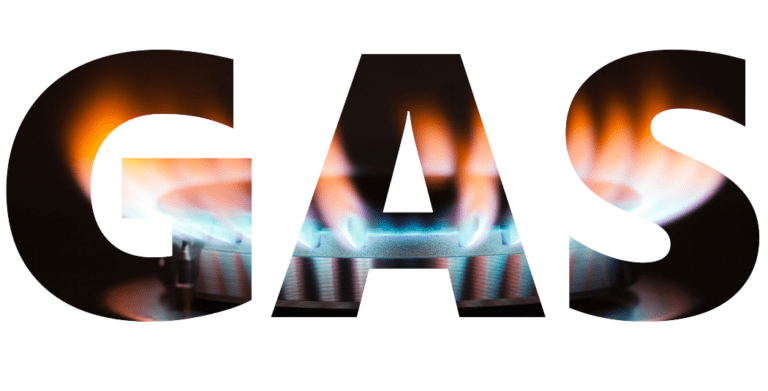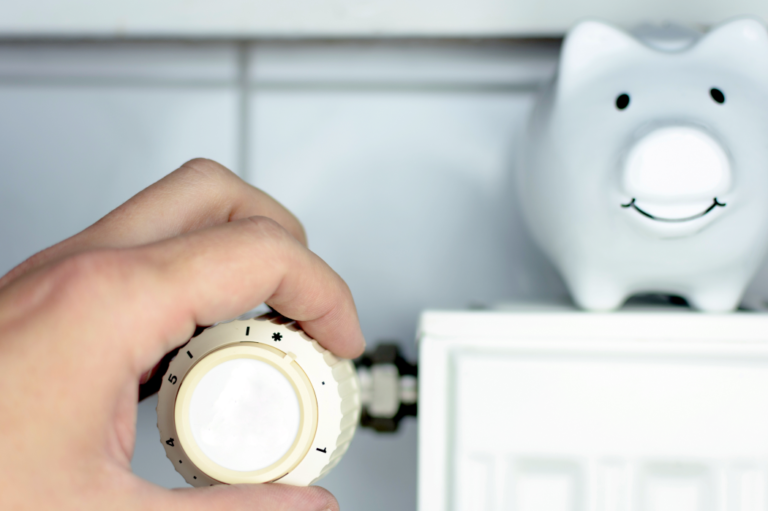If you are having trouble paying your energy bills, there are many ways you can save money. Energy-efficient appliances, electronics, light bulbs, and boilers are available year-round. Check with your energy provider to see if you qualify for any discounts.
You may even qualify for free or discounted energy for low-income households. To learn more about your options, contact your provider today. They may even offer special programs that allow you to reduce your monthly energy bill by 50%.
Help To Save Money On My Gas And Electricity Bills: Energy-Efficient Appliances
Purchasing energy-efficient appliances will reduce your utility bills while saving you money on climate change. Greenhouse gas emissions are a significant problem that is causing global warming.
Using appliances that are energy-efficient can reduce your household’s emissions by as much as 50%. These appliances can be purchased at a variety of prices. Here are a few examples of energy-efficient appliances:
A new dishwasher that is Energy Star-certified will use 3.5 gallons of water per cycle, while an older model uses up to ten gallons. Other energy-efficient appliances include the air conditioning system, refrigerator, clothes dryer, water heater, and dehumidifier.
A new washing machine that has the Energy Star label can help you save as much as 15% on your gas and electricity bills every year.
Newer appliances can lower your carbon footprint. By burning fossil fuels, you are contributing to climate change. Carbon dioxide and other greenhouse gases in the air act as insulators and trap heat from the sun.
New energy-efficient appliances can reduce your carbon footprint and help protect the environment. This can save you money on your gas and electricity bills while reducing your carbon footprint. The same applies to refrigerators and freezers.
Besides helping the environment, energy-efficient appliances can save you money every year on your gas and electricity bills. Astral Energy recommends purchasing refrigerators and dishwashers that meet the highest energy efficiency standards.
As a result, American consumers have saved more than $500 a year on their gas and electricity bills since 1987. A new fridge can cost less than half as much as a 1970s refrigerator and clothes washer that meets the Energy Star standards.
Help To Save Money On My Gas And Electricity Bills: Energy-Efficient Electronics
Most appliances, electronics, and video games use a significant amount of energy. In Europe, this is done by disabling the default instant on mode. Video game consoles are also an energy hog.
Many people leave them connected to the network when not in use, or they leave them in “standby” mode, which uses energy even when the console is not turned on. Instead, the National Resources Defense Council recommends unplugging them when not in use.
The use of electronics and lights in your home can cause your energy costs to skyrocket. By switching to Energy-Star-qualified LEDs, you can save up to 75 percent on your annual bill.
In addition, these bulbs also produce less heat and last 50 times longer than standard incandescent and compact fluorescent lightbulbs. Streaming video on your game console, laptop, or tablet can use up to fifteen times as much energy. Even fans can make a difference. But, only use them when you need them.
Phantom loads are another huge source of wasted energy. Up to 75% of household electronics are turned off, wasting valuable energy. Smart power strips can eliminate this problem by setting the time when you want them to go off, or based on the status of a “master” device.
These smart strips also provide additional features that can save energy, such as timers and sensors. Smart power strips also eliminate phantom loads and help reduce your energy bills.
Help To Save Money On My Gas And Electricity Bills: Energy-Efficient Light Bulbs
Depending on the utility company and bulb wattage, energy-efficient light bulbs can save you a great deal of money. There is a simple formula that you can use to compare the costs of your current bulbs versus energy-efficient options.
For example, suppose you have 40 light sockets in your home using 60-watt incandescent bulbs. You also assume that you use about 2,000 hours of electricity each year and your utility company charges $0.11 per Kilowatt hour. Using this simple formula to compare the costs of bulbs with energy-efficient alternatives can save you hundreds of dollars a year.
If you are interested in saving money on gas and electricity bills, you should switch to energy-efficient light bulbs. LEDs are more energy-efficient than conventional light bulbs, and they last up to 10 times longer.
This way, you can save a lot of money over the life of the bulbs and also avoid trips to the store. Besides saving money, these bulbs can also make your home look better!
LED lights are a good choice for home lighting. LED light bulbs are durable and last more than five times longer than conventional bulbs. LED bulbs do not produce mercury and emit very little heat. This is good news for consumers who are concerned about the mercury content in incandescent bulbs.
LED bulbs emit very little heat, which means less energy is wasted. When using incandescent bulbs, make sure to check the K value of each bulb before you buy it. Lower K values are more efficient than higher ones.
In addition to saving money on gas and electricity bills, CFLs can also reduce your carbon footprint. They contain a small amount of mercury, which makes their disposal a challenge.
Those who care about the environment will want to do their part to keep these toxins out of landfills. LED lights, on the other hand, are the most energy-efficient type of light bulb available. With high efficiency, they provide a similar light output to natural daylight, while costing less than 50% of traditional bulbs.
Help To Save Money On My Gas And Electricity Bills: Energy-Efficient Boilers
There are several ways to improve the efficiency of your boiler. One way is to replace your existing boiler with a high-efficiency one. Another way is to run more than one boiler to reduce cycling time.
Whether you decide to replace your entire boiler or just one model, a high-efficiency model will help you save on your gas and electricity bills. Either way, it’s worth looking into.
AFUE, or annual fuel utilization efficiency, is a measurement of the efficiency of a boiler. New boilers must display this rating. This measure compares the amount of heat output from a boiler to its energy consumption each year.
If AFUE is 90%, it means that 90% of the energy in the fuel is converted into heat for your home. A lower AFUE means that ten percent of the heat escapes through the chimney, but it doesn’t count losses from piping and boiler vents.
Federal agencies can buy residential gas boilers that are ENERGY STAR-qualified. In order to qualify, these boilers must cost no more than $780 more than a comparable less-efficient model. Purchasing the most-efficient model, with the best energy efficiency rating, can save a homeowner $1,404 over its lifetime.
When it comes to energy efficiency, the most effective boilers will help you save money on your gas and electricity bills, while still providing the warmth and comfort that you need in cold weather.
The age of your boiler is another factor that determines its efficiency. Older boilers are less efficient than new ones. The old A-to-G rating system is now replaced with a more meaningful system, the ErP.
Modern boilers must be at least eighty% efficient to qualify for the new legislation. Some are even hydrogen-ready, meaning they don’t produce any CO2 emissions.
Help To Save Money On My Gas And Electricity Bills: Energy-Efficient Water Heaters
Energy-efficient water heaters help save money in many ways. Depending on the model, they can save up to 30% on energy costs. They also save water, as they only heat it up when you need it.
If you have a conventional water heater, you may want to consider upgrading to a tankless water heater, which warms the water only when you need it. This type of water heater will save you money on both gas and electricity bills because it consumes no energy to heat the water.
You can also install aerators in your toilets, which can save anywhere from 17 to 27 gallons of water per flush.
Many homeowners do not realize how much energy their water heater uses, and it can be a significant source of energy consumption. Water heaters account for 19% of the energy consumed by the average U.S. household.
This is more than enough to run the entire nation of Belgium for an entire year. Yet, despite these alarming statistics, there is a simple solution to this problem.
The efficiency rating of a water heater is important. It tells the consumer how energy-efficient the heating system is. The Energy Guide label also indicates the annual operating costs.
A higher score means higher efficiency. The Energy Star symbol, a government-backed indicator of energy efficiency, indicates a high-efficiency water heater. Buying an energy-efficient water heater will save you money while protecting the environment.
The size of a water heater determines its efficiency. The amount of water a household requires is inversely proportional to the number of people living in the house. Therefore, a tankless water heater will save you up to seventy% per year in gas and electricity costs. And over the course of 20 years, this can add up to hundreds of dollars. You may be surprised at how much money you can save!
+













